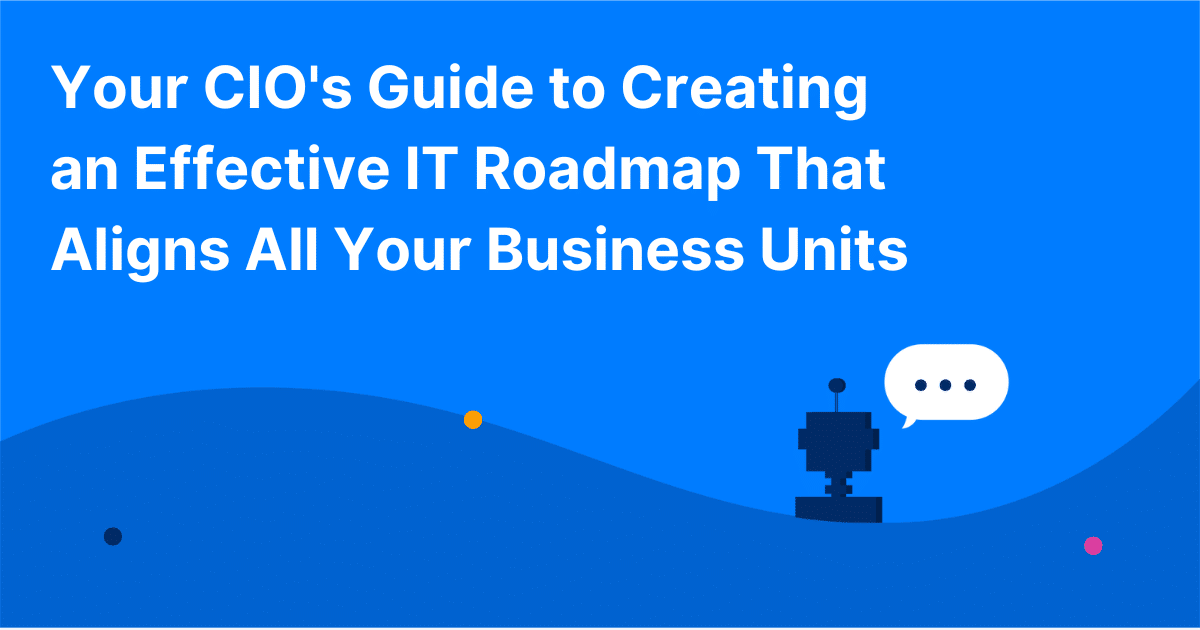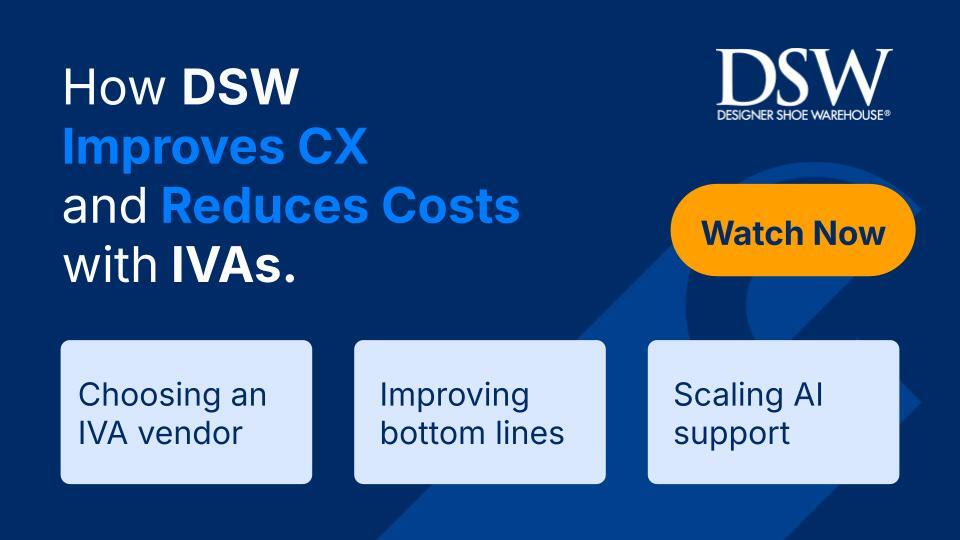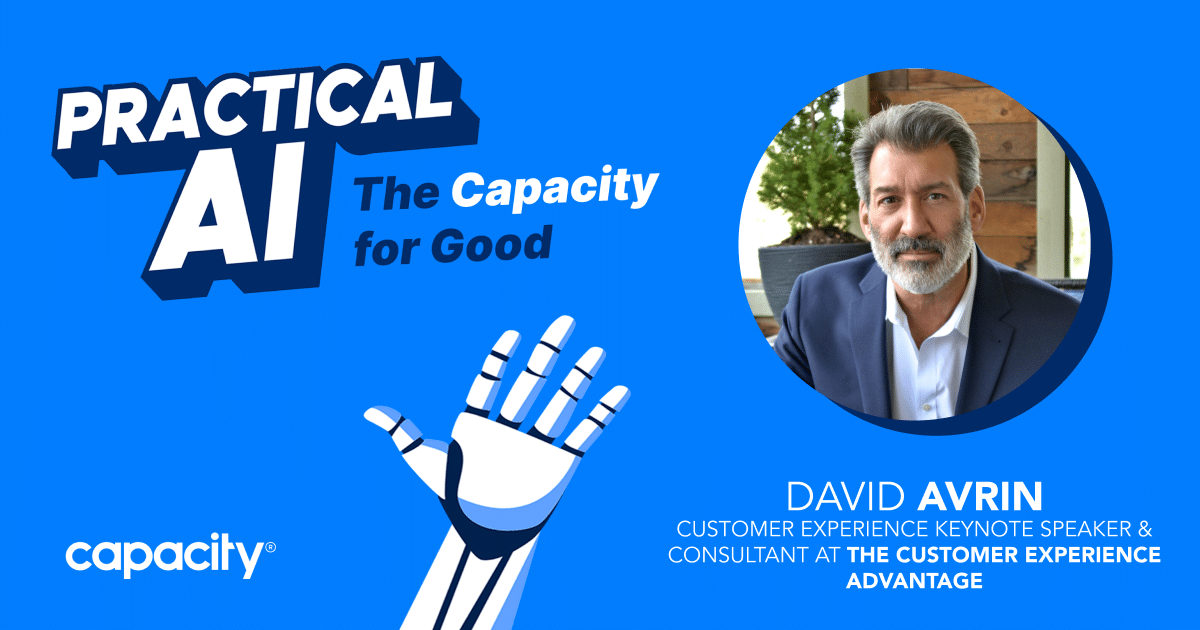An IT roadmap isn’t just a tech project management tool. It’s a strategic instrument that guides your organization’s future. It provides a structured path for communicating your IT strategy to stakeholders, clarifying the organization’s vision, and encouraging every unit to work in unison. When you have a well-crafted IT roadmap, you can effortlessly demonstrate the role of IT in achieving your business objectives, keeping everyone in your organization on the same page.
A well-defined IT roadmap is the backbone of successful business technology management. It lays out your technology initiatives, timelines, and the resources needed while considering the risks involved. With such a roadmap, you’re not just managing IT projects but driving the organization forward in a unified direction. It helps ensure that every technology investment supports your business goals, enabling strategic resource allocation and avoiding wasted efforts or uncoordinated projects. By aligning your IT strategy with your business strategy, you set the stage for more efficient operations, enhanced innovation, and increased competitive advantage, culminating in sustainable growth.
Understanding your IT roadmap
At its most basic, an IT roadmap is a strategic plan that outlines how technology will support and shape your company’s business goals over a specific timeline. The roadmap sets out a clear pathway, detailing where you are now, where you’re going, and the steps you’ll take to get there.
A 2021 report from The Economist Intelligence Unit found that 83% of IT decision-makers and senior executives believe adapting to external change requires moderate-to-considerable IT infrastructure and apps improvement. A practical IT roadmap aligns IT capabilities with business needs, ensuring technology investments deliver maximum value. However, creating a robust IT roadmap is not without its challenges. It involves juggling competing priorities, managing resources, maintaining stakeholder engagement, and remaining flexible to adapt to change.
What are the components of an effective IT roadmap?
Vision and Goals:
This is your IT roadmap’s ‘North Star’. It’s the big-picture view of where you want your IT to be and the goals you aim to achieve through your technology investments. It sets the direction for all IT activities and initiatives and is the benchmark against which progress is measured.
Current State Assessment:
This thoroughly evaluates your existing IT layout. It includes an inventory of your current technology assets, processes, and capabilities and an evaluation of performance. It’s about understanding what is working well and what isn’t and identifying areas of strength and weakness.
Gap Analysis:
This step involves comparing your current state with your desired future state to identify the gaps – i.e., the areas where changes or improvements are needed to achieve your vision and goals. These gaps could relate to technology, processes, skills, or resources.
Prioritization and Phasing:
Since resources are limited and not all initiatives can be undertaken at once, it’s essential to prioritize. This involves deciding which projects to take on first based on their alignment with business objectives, potential impact, and feasibility. Phasing consists of breaking down the initiatives into manageable stages or phases, each with its own objectives and deliverables.
Initiatives and Projects:
These are the specific actions or projects you’ll undertake to bridge the identified gaps and move closer to your goals. Each initiative or project should be distinctly defined, with a clear scope, deliverables, and responsibilities.
Resource Allocation:
This is about assigning the necessary resources (human, financial, technology) to each initiative or project. It involves deciding who will do what, when, and with what resources. It also requires budgeting – estimating the cost of each initiative and securing the necessary funding. More than 70% of senior IT leaders recognize digital technology as integral to revenue achievement, product development, customer engagement and advancing strategic operational processes.
Timelines and Milestones:
This component provides a timeframe for each initiative or project, specifying when it will start and end. Milestones are critical points along the timeline that mark significant progress, such as completing a project phase or achieving a specific goal. They serve as a check on progress and a way to keep the project on track.
KPIs and Success Metrics:
These measures will be used to evaluate the success of your IT roadmap. They should be closely linked to the vision and goals, providing a way to measure how well you’re progressing toward these objectives. These metrics can cover various areas, from technical performance (e.g., system uptime, error rates) to business outcomes (e.g., cost savings, revenue growth).
How to add automation with RPA in the IT roadmap
Adding Robotic Process Automation into your IT roadmap offers a transformative approach to improving operational efficiency and delivering more value. Understanding RPA is the first step: RPA deploys software ‘bots’ designed to automate routine, repetitive tasks, freeing your IT staff up for more strategic activities. With their capacity to work around the clock without human intervention, these bots offer numerous benefits, including increased accuracy, scalability, productivity, and reduced costs.
The next step is identifying opportunities for RPA integration. Look for rule-based, repetitive, and high-volume tasks – these are ideal candidates for automation. Once you’ve pinpointed these tasks, evaluating the available RPA tools and technologies is crucial to find the ones that best suit your needs. Having chosen your tools, create a detailed RPA implementation plan with clear objectives, timelines, and responsibilities. Don’t forget to establish metrics to monitor and measure the success of your RPA initiatives. This way, you can continuously refine your approach, ensuring your RPA integration aligns with your IT roadmap and contributes to achieving your organization’s goals.
Designing and formatting your IT roadmap
Designing and formatting your IT roadmap is a vital step beyond the mere content – it’s about making your roadmap easy to understand, visually engaging and adaptable to changes. The length and structure of your roadmap should be dictated by its complexity and the intended audience. It should be comprehensive yet concise. It should provide a high-level overview of your IT strategy while also offering details into your necessary to understand individual initiatives.
Remember, your IT roadmap is not just a document – it’s a communication tool. Visual elements like charts, diagrams, and color coding can make complex information more digestible and highlight key points. Regularly communicating your roadmap to stakeholders, explaining its direction, and gathering feedback help ensure buy-in and alignment across your organization. Lastly, your roadmap isn’t static. It should be a living document regularly updated to reflect new developments, learnings, and changing business needs. Maintaining and updating your IT roadmap is crucial to keeping it relevant and effectively guiding your IT strategy.
How to get started with your IT roadmap
Creating an effective IT roadmap starts with establishing strong leadership and governance. Gartner found that 83% of CIOs say they increasingly work on enterprise-level initiatives beyond their traditional IT delivery executive roles. As such, you should figure out who is responsible for the roadmap’s development and implementation, and then the decision-making process.
For a balanced approach, create a cross-functional team from different departments and levels of your company. This team should work collaboratively through the following stages of the process, which include conducting a comprehensive assessment of your current IT landscape. And then defining the vision, goals, and objectives for your IT roadmap. The assessment should clearly understand where you are now, while the vision and goals will illuminate where you want to be.
Next conduct a gap analysis to ID the differences between your current state and your desired future state. Then, prioritize initiatives based on their strategic importance, impact, and feasibility. With this groundwork laid out, you can begin developing your IT roadmap, outlining the initiatives and projects that will guide you toward your goals.
Finally, track your roadmap’s implementation with diligent progress monitoring against pre-defined KPIs and success metrics. This way, you can ensure your IT roadmap stays on track and continues to align with the changing business landscape.
Creating an effective IT roadmap is a challenging but vital task. The future of IT is strategic, planned, and aligns perfectly with the broader business goals. And it begins with your roadmap.

Automate Your Work
Capacity’s enterprise AI chatbot can help:
- Answer FAQs anytime, anywhere
- Find relevant documents within seconds
- Give surveys and collect feedback







